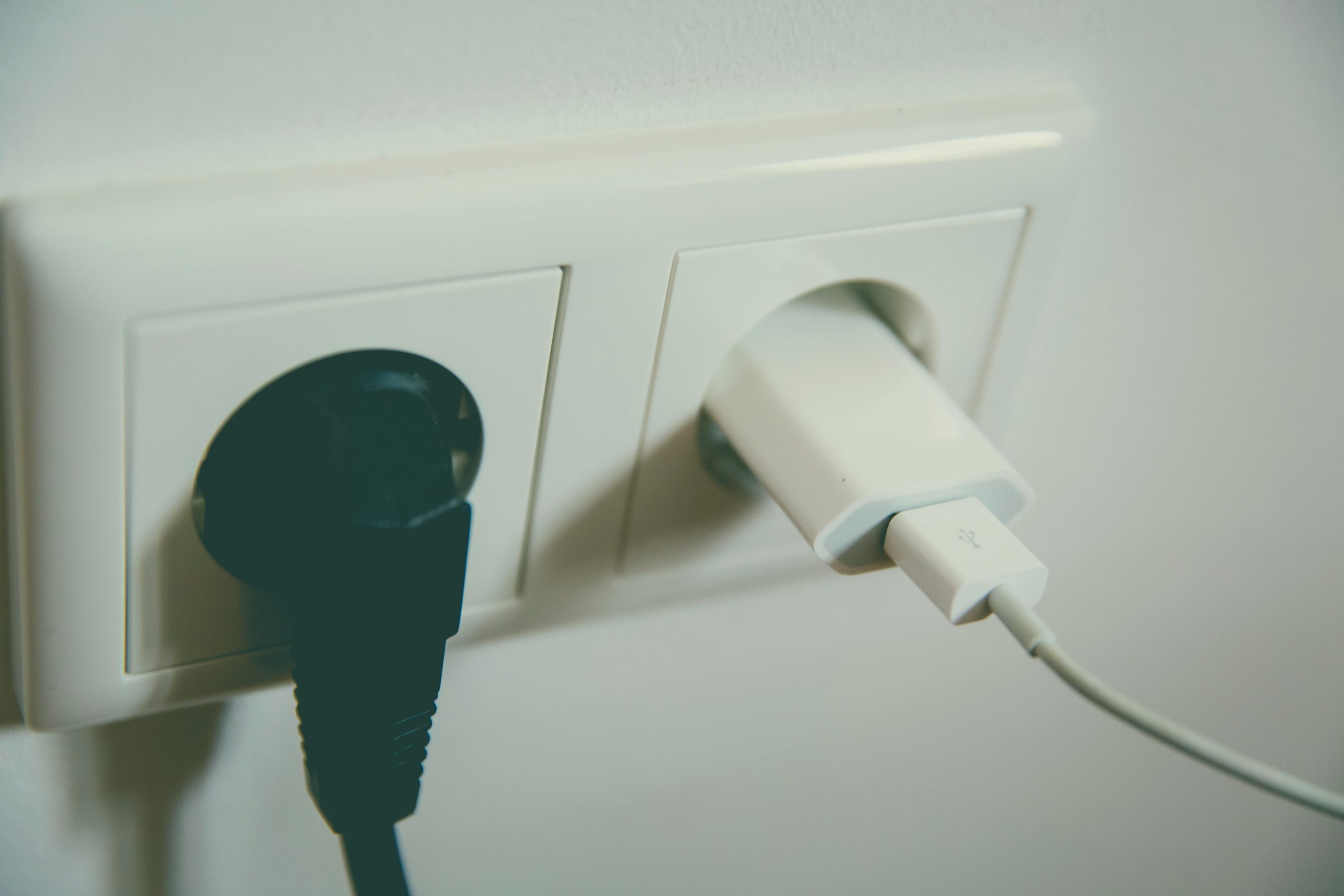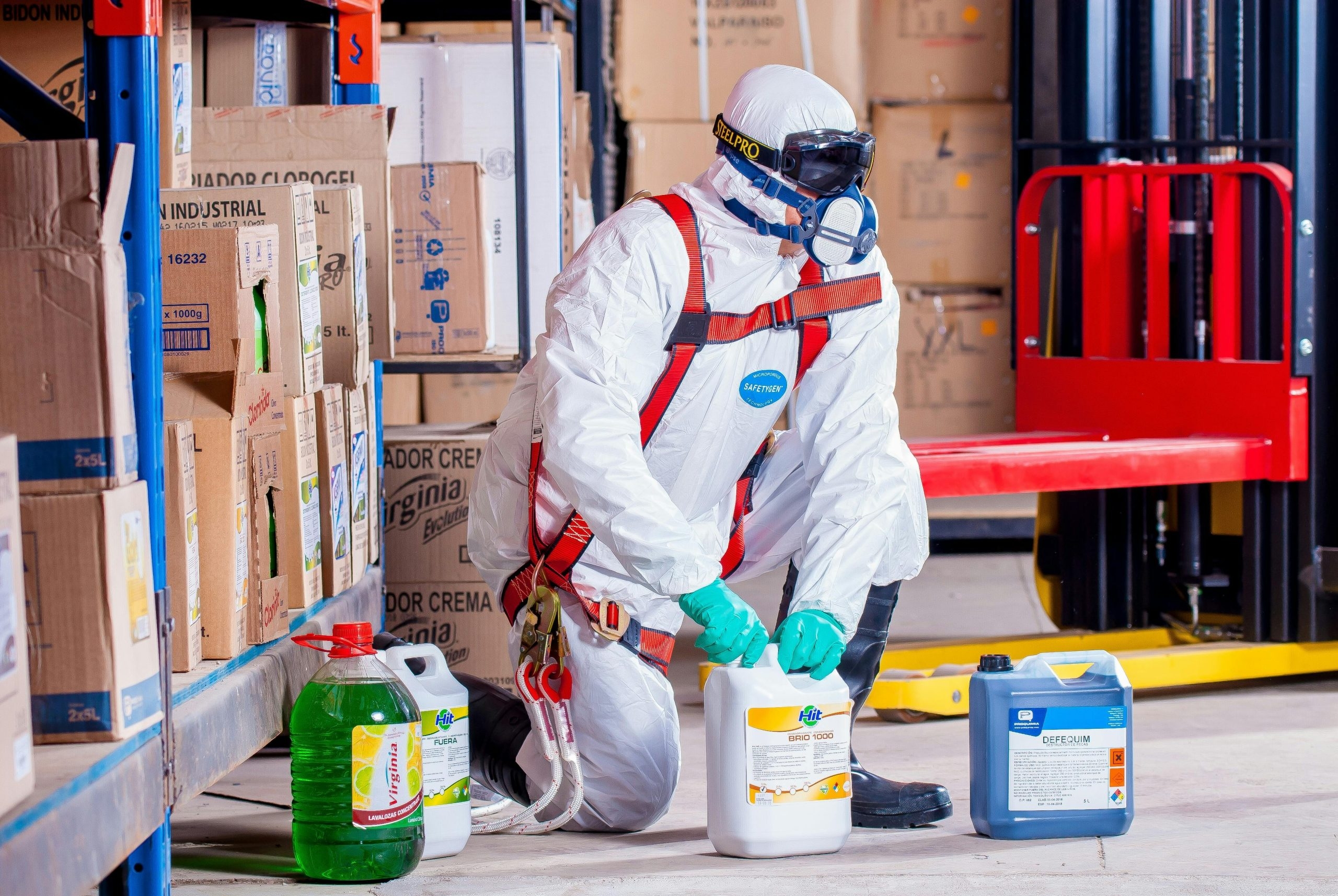
As temperatures drop to minus figures employers have a duty of care to protect their workers against the effects of winter working. As an organisation you may have staff who are required to work outside as part of their duties, for example on construction sites, delivery drivers, seasonal workers and at outdoor Christmas venues and events. As their employer it is your responsibility to manage their health and safety in these cold conditions. If working outdoors during cold weather cannot be avoided, the amount of time spent outside should be reduced and a suitable and sufficient risk assessment carried out.
Winter Working on Constrution Sites
Construction work doesn’t stop when the winter weather takes hold, so it is important to know what steps you need to take to keep your workers warm and safe.
More accidents are reported to the HSE involving a slip, trip or fall. There are a number of factors that can contribute to these accidents including limited lighting, muddy and icy footpaths.
When the winter weather arrives, you need to inspect your site for fallen power lines, trees before allowing workers to begin work. You should clear all the snow and ice from working surfaces, walkways, roofs, scaffolding, and work equipment.
It is advisable to use salt or sand to melt icy patches. Ensure icy areas that cannot be cleared are clearly marked and inform workers to slow down and take shorter steps, especially when carrying materials and tools to avoid slips. Alternatively, you can eliminate the need for pedestrians to walk over certain areas by cordoning it off with cones or barriers. Don’t forget to knock off any icicles that have formed or cordon off areas to prevent workers from accidentally breaking them loose and creating falling object hazards.
Clean, Dry, Warm Rest Area
Due to individuals expending more energy when working in cold weather, you need to ensure that workers have somewhere clean, dry and warm for them to go to, so that they can warm up. This includes the provision of making hot drinks and having somewhere to rest as well as increased rest breaks. If clothing gets wet, it is important for workers to change into dry clothes to avoid losing body heat. If you are using portable heaters in rest areas, ensure it is properly vented and use carbon monoxide detectors.
Workers who are exposed to winter working and low temperatures can lose more heat than can be generated if they are not moving much, which can cause them to suffer hypothermia and lead to the brain not performing correctly resulting in an increased likelihood of an accident occurring.
Get the Right Personal Protective Equipment & Clothing
Keeping warm is essential when workers have to work in the cold weather. The key is finding a balance of wearing enough layers to stay warm while still being able to maintain a good range of mobility so workers can perform their work. To help protect workers from the effects of cold weather when working outside and reduce the likelihood of an accident occurring, employers need to ensure that workers are provided with suitable Personal Protective Equipment (PPE) as identified within the risk assessment, including:
- Hard hats should be worn at all times to protect against falling objects like icicles and slips and falls on ice. Consider using liners in hard hats, this will help keep workers warm and prevent the heat from escaping. It is not advised that workers wear hoods under their hard hat because this reduces visibility and movement leading to an increased risk of an accident occurring.
- Gloves should be selected that enable workers to have enough manual dexterity to work with tools and materials. Frostbite can occur if workers touch extremely cold metal with bare hands.
- Waterproof safety boots (steel-toed boots) with non-slip soles, extra socks to protect against the cold since the metal in the boots acts as a cold sink.
- Goggles and safety glasses can be treated with anti-fog spray to prevent the workers vision from being obstructed.
- Thermals, hats, coats, and high visibility vests and or jackets.
Ensure that workers are wearing the correct clothing to protect against the impact of wind chill and they are made of suitable material to keep them dry. Ideally the workwear supplied should be made up of different thermal and lining layers that can be easily removed and added when the weather and temperature changes.
Winter Working | Equipment & Tools
Prior to use ensure workers follow the manufacturer’s instructions on properly warming up heavy equipment before use. Electrical wires and hoses can become brittle in cold temperatures, so it is important to allow those to heat up properly to avoid damaging the equipment.
Ensure fluids, such as engine and hydraulic oils, in the work equipment are rated for the temperatures.
Emergency Kits in Vehicles
In winter when temperatures drop and there’s ice or snow on the roads, or if there is reduced visibility because of limited day light, heavy rain or fog, the risk of driving accidents increases. Ensure your company fleet of vehicles are equipped with winter weather emergency kits. Encourage your workers to create emergency kits for their personal vehicles.
Kits could contain:
- A shovel.
- An ice scraper and brush.
- A sleeping bag.
- Water, non-perishable snacks like protein bars.
- Tow straps, emergency flares, and a backup battery for your cell phone.
- Small bag of either cat litter, salt, or sand to help with traction in case they get stuck.
Through our online portal, Wirehouse clients can access driving risk assessment templates bespoke to many different industries, as well as vehicle inspection checklist templates to help you comply with your health and safety duty of care.
If you are not a Wirehouse client and need further guidance relating to winter working and safety procedures for workers, get in touch with one of our expert Health and Safety Consultants. Call 03333 215005 or email info@wirehouse-es.com






